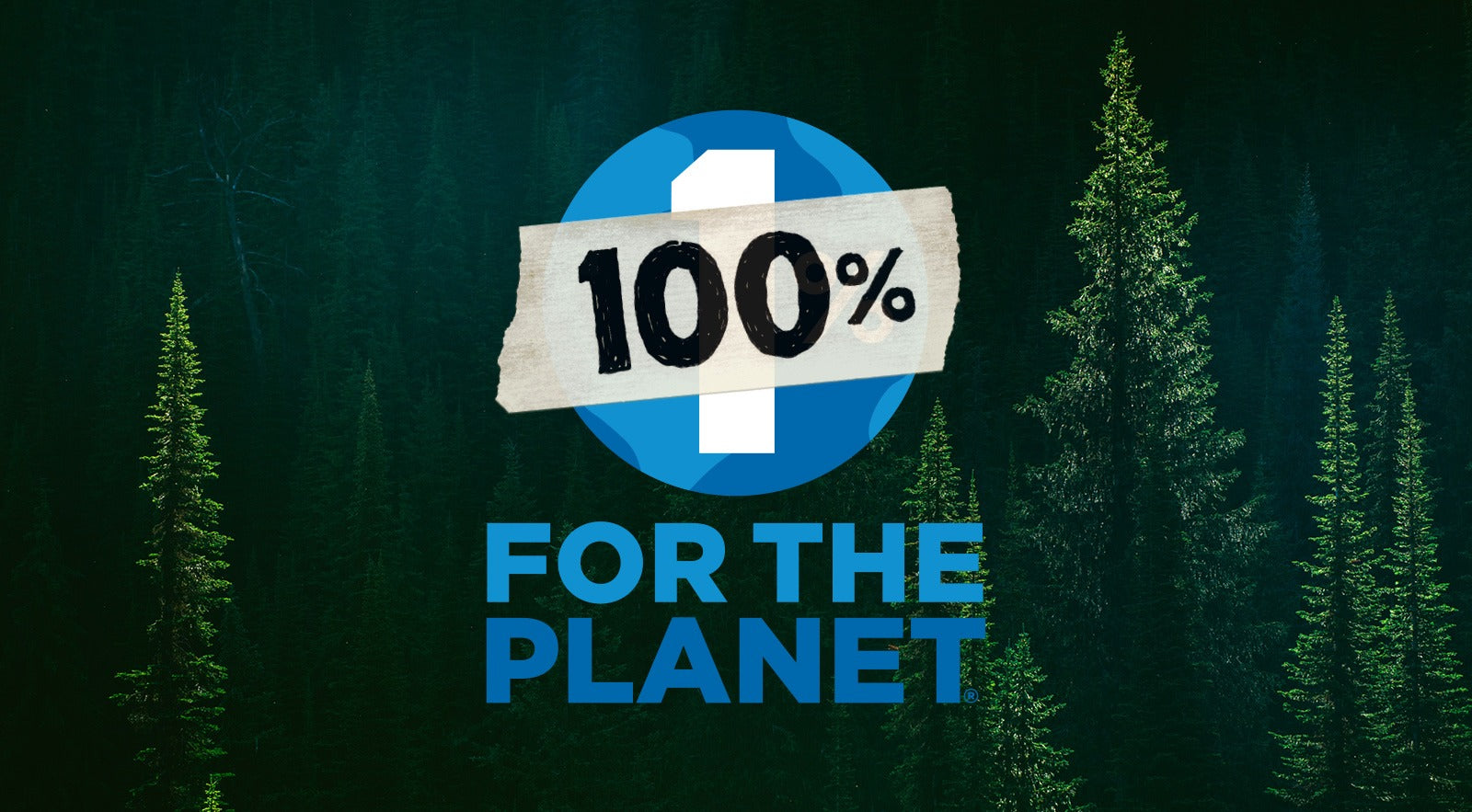
3 ideas for a more benevolent Black Friday
The emails are out. The deals are abundant. The sales are coming in fast and furious.
It’s every Shopify entrepreneur’s dream come true.
Or is it? While there’s no denying that BFCM means big business, every year it seems more and more retailers are opting out, making a statement about their values by zigging while everyone else is zagging.
Just look at REI. In 2015, the outdoor and sporting goods giant announced it would forgo the sales bonanza, encouraging its customers and employees to spend time in nature instead of in its stores.
Or “disruptive” fashion label Everlane, which this year plans to donate $13 from every purchase made on Black Friday to the Surfrider Foundation’s beach cleanup initiative. These companies and others not only score points with customers and employees, they also receive a ton of positive PR and were able to capitalize on a unique branding opportunity. (REI’s “anti-marketing” paid big in tweets, traffic, and even sales).
We’re not saying there’s anything wrong with wanting to make a buck this time of year. We just think there’s something right about showing that your business is about more than money, sales, and the bottom line.
With that in mind, today we’re breaking from our regular programming to look at how merchants can push back against Black Friday’s no-holds-barred consumerism to focus on their customers, employees, and brand values.
Charitable donations
When Patagonia announced in 2016 that they would give 100% of their Black Friday profits directly to grassroots environmental organizations, they didn’t know it would be one of their highest grossing sales days ever.
After projecting Black Friday sales at $2 million, the company was astonished to find that it actually sold $10 million—including 70% to first-time customers. Charity and commerce, they learned, make for a potent combo.

Of course, Patagonia wasn’t the first to discover this. According to a report by Engage for Good, online checkout donations totalled more than $440 million in 2016. Another found that 85% of consumers have a more positive image of a company when it supports a cause they care about. In fact, yet another study found they’ll actually spend more when presented with the option to donate to charity.
Merchants looking to dip into philanthropy have a few options. Shopify apps like Share the Love let you donate a percentage of sales or ask customers to add a donation to their order at checkout.
Alternately, you can follow Patagonia’s lead and donate 100% of your BFCM sales—or 50%, or 10%—to the greater good.
And if you want to make a year-round commitment, there’s always Pledge 1%, an initiative that encourages companies to donate 1% of their staff time, product, profit and/or equity to a charity of their choosing.
Buy Nothing Day
The basic tenets of Buy Nothing Day aren’t hard to discern—they’re right there in the name. Buy nothing, abstain from compulsive consumption, and challenge the very idea of shopping as a normal and acceptable pastime. “Participate by not participating,” as they say.
Since 1997, Buy Nothing Day has been held on the same day as Black Friday, and activities have included everything from staying home instead of going shopping to cutting up credit cards to dressing up like zombies and wandering around malls. The day of protest is now observed in more than 60 countries.
At first glance, it seems like a retailer’s worst nightmare. Encourage consumers to refrain from spending when your business depends on that very spending to survive? Absurd.
But when you consider how often the consequences of relentless consumption—deforestation, chemical contamination, factory fires—are in the news these days, companies using BND’s principles to their advantage starts to make sense.

While brands like Cuyana, Zady, and Tom Cridland haven’t explicitly jumped on the Buy Nothing bandwagon, they nevertheless reinforce its message, encouraging customers to “buy fewer, better things” and “combat the fast-fashion craze.”
Even if you can’t bring yourself to tell prospective buyers to cut out consumption entirely this Black Friday, give some thought to how you can emphasize quality, sustainability, and social responsibility in your store. Urge customers to buy local and independent—or, as BND's organizers put it, “Don’t get sucked into the consumerist doomsday machine!”
#GivingTuesday
Celebrated the Tuesday after BFCM, #GivingTuesday was conceived by New York City’s 92Y Cultural Center as a day to “harness the potential of social media and the generosity of people around the world to bring about real change in their communities.”
Six years on, the campaign has become a global movement that celebrates and supports corporate philanthropy with more than 55,000 participating organizations.

Taking part in the “global day of giving” can take many forms. In the past, companies have matched customer donations, organized food, clothing, and toy drives, hosted pancake breakfasts and holiday dinners, and run free workshops to educate and empower disadvantaged members of their communities.
Some have gotten extra creative with their campaigns, including Canadian crowdfunding site Greedy Giver, which in 2013 handed out 1,000 loonies with the simple instructions: “Use this coin for good.” Recipients were encouraged to share their good deeds online via social media so that others might feel similarly compelled to pay it forward.
A better, brighter Black Friday
If the rampant consumerism surrounding Black Friday is turning you off this year, you’re not alone. There’s something about turning a family-focused holiday weekend into a money grab that feels a bit off to us, too.
That said, there are many ways to shift the focus to better, brighter, more benevolent things, and many examples of businesses doing just that—often with a great deal of success.
It might be too late to pivot your BFCM strategy this year, but we hope that this post gives you some ideas and encouragement heading into 2019.
–
Looking for more ecommerce tips and tricks? Get our free Holiday Handbook for Shopify Entrepreneurs.
To keep up with us this holiday season, follow us on Twitter, Facebook, and Instagram!